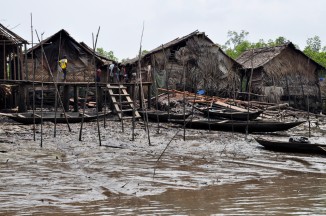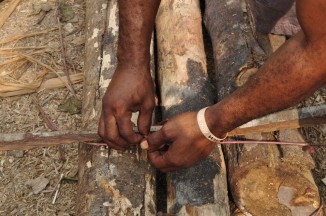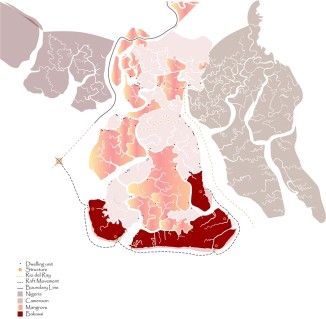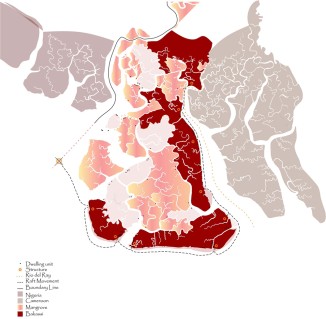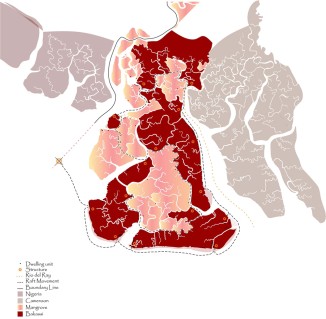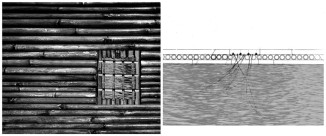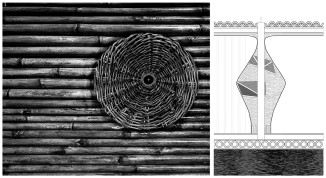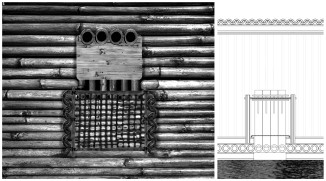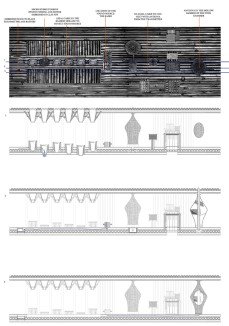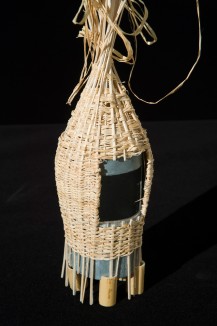Reconstructing the Banal: A Venture Into the Disputed Bakassi Peninsula
This slideshow is part of: Selected Undergraduate Design Studio Projects--Thesis 2012-13
Eze Imade Eribo
The Bakassi Peninsula, a 665 square kilometer piece of land surrounded by water and situated on the border between Nigeria and Cameroon, has been the epicenter of conflict between the two countries resulting in shifting conflicts of identity, displacement, maltreatment and death of the Bakassi natives. All the while the subdued plights of the people remain hidden. How then do you speak of political oppression when you’re not even allowed to speak of politics?
The engagement of an inherent medium of self expression; storytelling, became the overlay for telling these tales of conflicts. The other facilitators lay in tools indigenous to the area – the bamboo raft; the medium of transportation, and the radio; the medium of news dissemination. The reuse and redesign of these tools, local techniques and materials became a mechanism for a structure that creates spaces of engagement and discourse. The bamboo raft itself became the site of a fish smoke house, a water filtration site, and through the medium of subterfuge, also housed a secret radio station. People will travel on the raft to each settlement and collect factual stories of conflict rewritten into myths and tales on cassettes played through a cassette player that becomes the main audio source for radio transmission. By using objects and resources that reside in the mundane, it is the exposition of the potentials of problem solving as local, communal and sustainable possibilities. Architecture in this regards becomes the panacea to shattered identities, communal restructuring and the harnessing and appreciation of culture and the human condition, both socially and economically. It serves as the thread for the cohesive restoration of the self.


